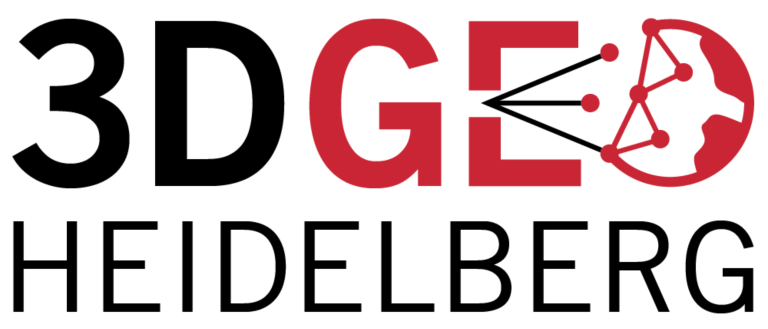Category: Publications
-
Results of study “Direct derivation of maize plant and crop height from low-cost time-of-flight camera measurements” published
In agriculture, information about the spatial distribution of crop height is valuable for applications such as biomass and yield estimation, or increasing field work efficiency in terms of fertilizing, applying pesticides, irrigation, etc. Established methods for capturing crop height often comprise restrictions in terms of cost and time efficiency, flexibility, and temporal and spatial resolution…
-
Study published: “Characterizing tufa barrages in relation to channel bed morphology in a small karstic river by airborne LiDAR topo-bathymetry”
We are pleased to announce the publication of the study “Characterizing tufa barrages in relation to channel bed morphology in a small karstic river by airborne LiDAR topo-bathymetry” in the Proceedings of the Geologists’ Association. The manuscript is already available online (http://dx.doi.org/10.1016/j.pgeola.2016.10.004) The motivation of the study is the high value of freshwater tufas in…
-
The Tasks of the Crowd: A Typology of Tasks in Geographic Information Crowdsourcing and a Case Study in Humanitarian Mapping
In the past few years, volunteers have produced geographic information of different kinds, using a variety of different crowdsourcing platforms, within a broad range of contexts. However, there is still a lack of clarity about the specific types of tasks that volunteers can perform for deriving geographic information from remotely sensed imagery, and how the…
-
Beyond 3-D: The New Spectrum of LiDAR Applications for Earth and Ecological Sciences
Capturing and quantifying the world in three dimensions (x,y,z) using light detection and ranging (lidar) technology drives fundamental advances in the Earth and Ecological Sciences (EES). However, additional lidar dimensions offer the possibility to transcend basic 3-D mapping capabilities, including i) the physical time (t) dimension from repeat lidar acquisition and ii) laser return intensity…
-
Full-Waveform Airborne Laser Scanning in Vegetation Studies—A Review of Point Cloud and Waveform Features for Tree Species Classification
In recent years, small-footprint full-waveform airborne laser scanning has become readily available and established for vegetation studies in the fields of forestry, agriculture and urban studies. Independent of the field of application and the derived final product, each study uses features to classify a target object and to assess its characteristics (e.g., tree species). These…
-
Defining Fitness-for-Use for Crowdsourced Points of Interest (POI)
Due to the advent of Volunteered Geographic Information (VGI), large datasets of user-generated Points of Interest (POI) are now available. As with all VGI, however, there is uncertainty concerning data quality and fitness-for-use. Currently, the task of evaluating fitness-for-use of POI is left to the data user, with no guidance framework being available which is…
-
Using participatory geographic approaches for urban flood risk in Santiago de Chile: Insights from a governance analysis
Studies based on information acquired by participative geographic approaches have sought to cope with emergency situations and disasters such as floods. However, the impact of these approaches to flood risk governance systems in order to understand these types of events as a complete risk cycle is still not clear. In a recent paper, we analyse…


